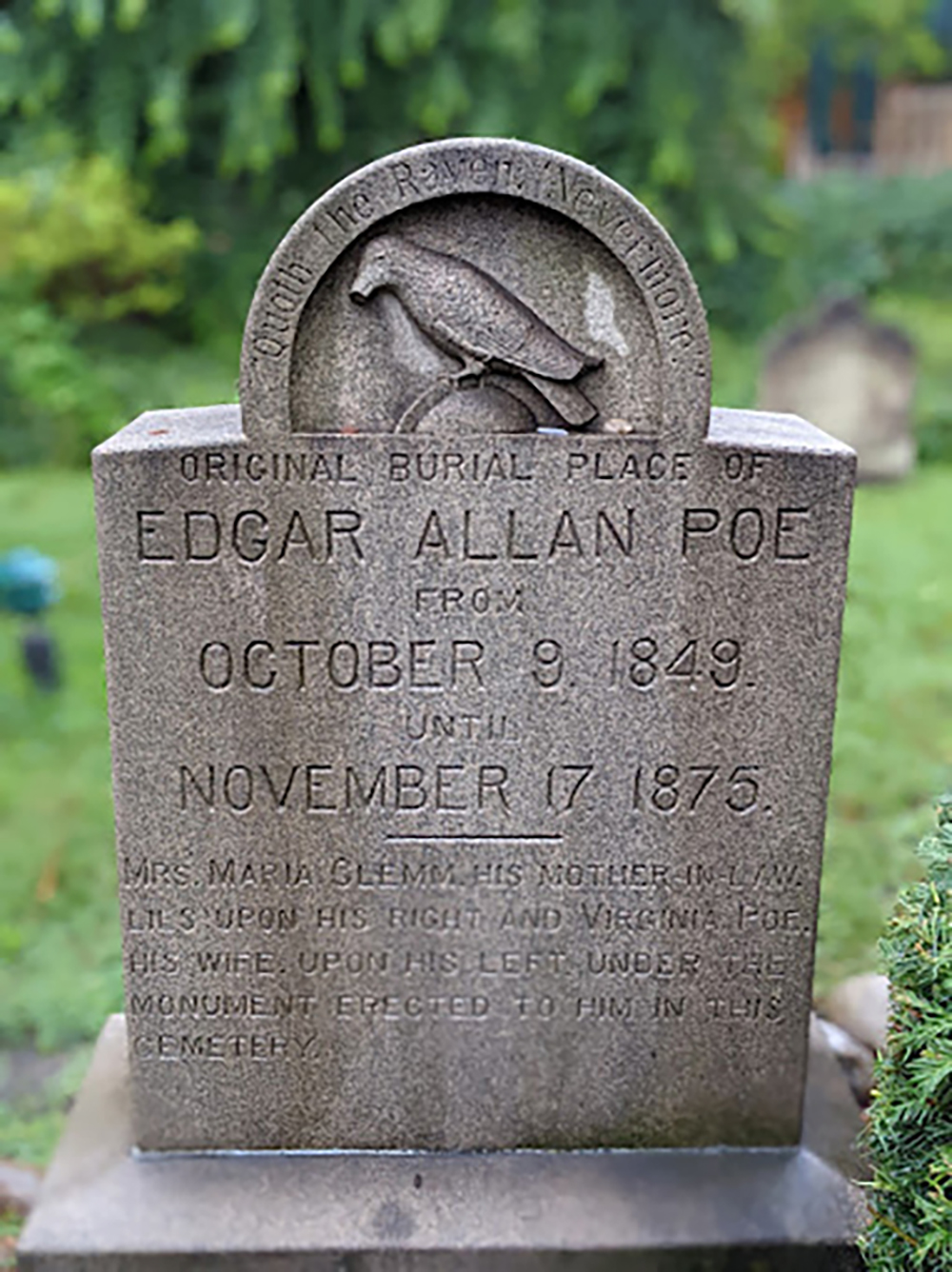By Andrew Hoffman
Hello all, it has been some time since I have written an article and looking back, I have focused a little more on the serious side of the funeral industry. I know what you are thinking, of course it is serious because you are talking about death! I agree that the subject of death is something not to be taken lightly.
That being said, I often say that one should not fear death but try to understand how it works in our society and also build a healthy relationship with it. Meaning, we should talk about death and our mortality openly and not treat it as a dirty secret or something that is taboo. Sometimes dealing with the subject of death with humor and wit can be a defense mechanism.
To that end, I am going to be having a little “fun” with death in regard to tombstones, more accurately what is written on them. The writings on tombstones (with the exception of the names and dates of the deceased) are known as epitaphs. An epitaph is defined as a phrase or form of words written in memory of a person who has died, especially as an inscription on a tombstone.
The use of epitaphs goes back to the time of Genesis 25:1-11, which was Abraham’s epitaph. The first physically surviving epitaphs are those written by the Egyptians, written on the sarcophagi and coffins of royalty. Picking up from the Egyptians, the next great society to use epitaphs were the Greeks, an example of which were epitaphs that were ascribed to Simonides of Ceos (556-468 BC) on the heroes of Thermopylae, the most famous of which has been translated to “Go tell the Spartans, thou that passest by; That here, obedient to their laws, we lie”. The Romans, in contrast to the Greeks, for the most part contained nothing beyond a record of facts; however, a good number of Roman epitaphs included a statement of disapproval for anyone who would violate the tomb or grave. A similar denunciation can be found on William Shakespeare’s tomb which reads “Good friend, for Jesus’s sake forbear, To dig the dust enclosed here; Blest be the man that spares these stones, And curst be he that moves my bones.”
The oldest existing epitaphs in Britain are those of Roman soldiers who were occupiers of the country and are written in Latin. Latin was the preferred language for epitaphs for centuries, and the use of English began about the middle of the 14th century. Most of the epitaphs that survive today before the Protestant Reformation were inscribed in brass. In Elizabethan times, epitaphs were being placed on stone monuments and were in English. By the end of the 16th century, the writing of verse epitaphs had become a trade for writers and poets. Many of the best-known epitaphs are primarily literary memorials and were not necessarily intended to be placed on a tomb. Some of the best memorable epitaphs were written by poets William Browne, Ben Jonson, Robert Herrick, and authors John Milton and Robert Louis Stevenson.
Stay tuned to my next article as we go deeper into art of the epitaph and highlight some humorous ones.










